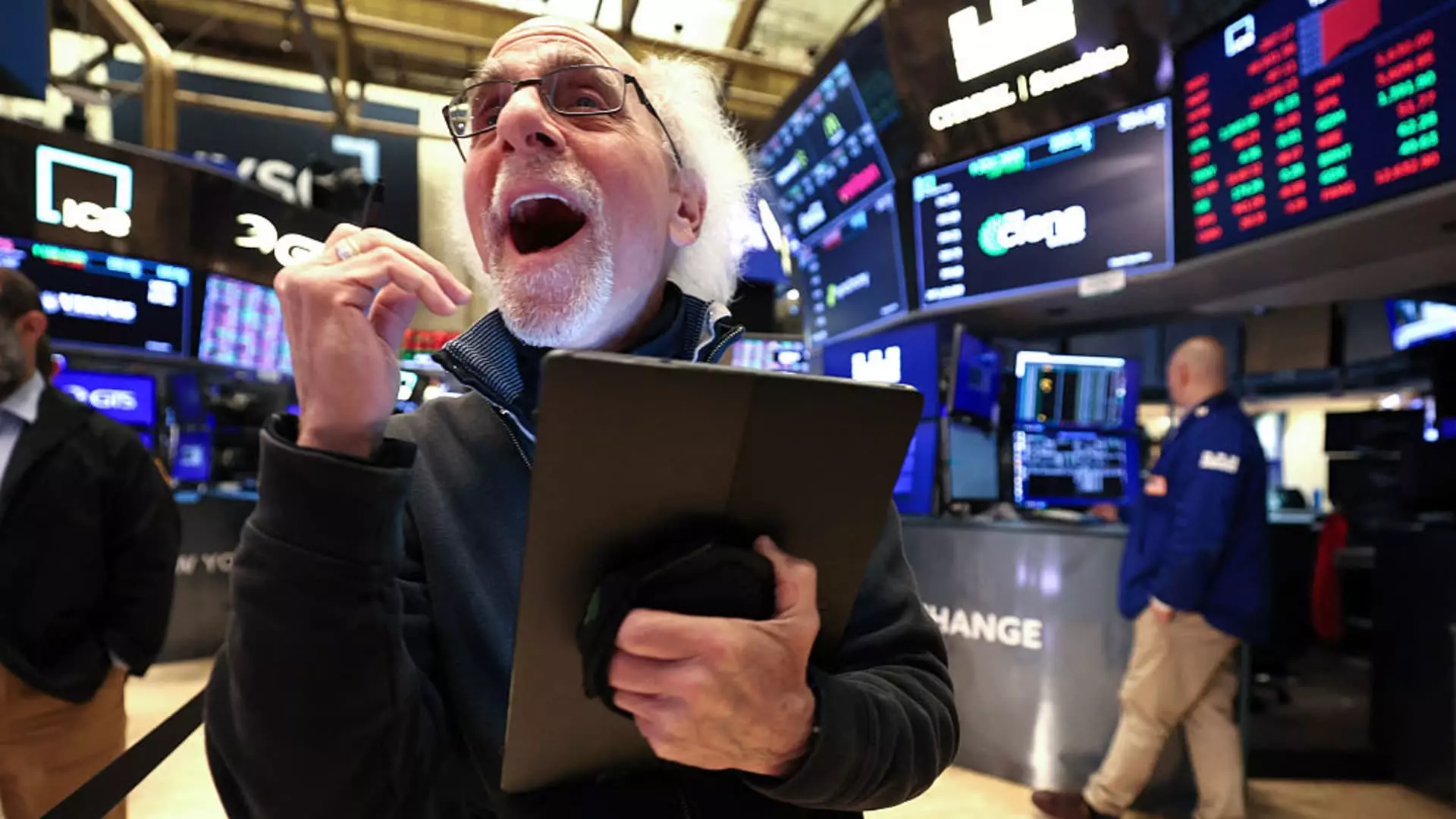In recent days, the financial markets have displayed a surprisingly confident demeanor. Major indices subtly nudged higher, seemingly buoyed by the recent barrage of strong earnings reports. However, a critical eye reveals that this optimism is largely superficial, cloaked in the glow of short-term corporate victories that may mask underlying vulnerabilities. While positive earnings surprises, especially from titans like Verizon and Alphabet, momentarily fuel market euphoria, they do little to address the deeper structural issues threatening sustainable growth. Relying solely on quarterly reports to justify rally movements ignores the complex economic realities that persist beneath the surface—rising inflation, geopolitical tensions, and stalled policy measures. This disconnect fosters a dangerous marketplace driven by hope and sentiment rather than solid economic fundamentals.
The Illusion of Market Resilience Amid Political Turmoil
Amid the upbeat tone surrounding earnings, political noise continues to cast shadows over the landscape. The White House’s stern stance on tariffs, with Commerce Secretary Howard Lutnick’s “hard deadline,” exacerbates uncertainty rather than alleviates it. While markets often thrive on optimism, they are equally vulnerable to the corrosive effects of policy brinkmanship. The narrative that the economy is resilient because corporate profits beat expectations may be overly simplistic and even naïve. In reality, persistent trade tensions threaten to sabotage global supply chains, inflate costs, and dampen consumer spending. Relying on short-term corporate earnings growth as an indicator of overall economic health ignores that market confidence is ultimately fragile, susceptible to political volatility and policy missteps that could reverse recent gains in an instant.
The Power Dynamics of Tech Giants and Market Speculation
The so-called “Magnificent Seven,” with Alphabet and Tesla leading the charge, dominate the narrative of growth. Investors pin hopes on these tech giants to propel the market forward, but this concentration reveals a concerning reliance on a handful of megacaps rather than broad-based economic strength. Their recent performances—mixed or slightly lower—highlight that even the most hyped companies are not immune to the cracks forming beneath the surface. It raises the question: Is the market rally driven by genuine innovation and productivity, or merely speculative fervor fueled by investor desperation for any positive signal? When the pulse of the market hinges so heavily on a select few, it becomes painfully apparent that the foundation is unstable. If these tech giants stumble or fail to meet high expectations, the domino effect could unleash a more severe downturn, exposing the fragility of this so-called recovery.
The Confidence Conundrum: A House Built on Sand?
Market analysts often talk about “shaking out negativity” during corrections, but this perspective glosses over the real concern: how much of the current rally is built on psychological resilience rather than tangible economic improvements? Sam Stovall’s optimism about a 10% gain post-correction seems idealistic when one considers the broader issues at play. The hope that the market can rebound to new heights—such as 6,600 for the S&P 500—belies the fact that many economic indicators, like employment stability and consumer confidence, are still fragile and prone to reversal. The idea that the market “normally advances post-correction” tends to ignore the risk of regulatory shocks, geopolitical conflicts, or unforeseen inflation spikes that could quickly derail this fragile optimism. Confidence, in this scenario, feels more like an illusion—something that can evaporate at the slightest provocation.
A Realistic Outlook: The Cost of Superficial Optimism
What this market cycle exemplifies is the danger of over-reliance on quantitative manifestations of prosperity. Behind the veneer of record highs and strong earnings reports lies an unstable foundation defined by speculative trading and ephemeral sentiment. While voices like Stovall suggest a potential rally, the truth is that the foundation of such growth is increasingly tenuous. The current rally might buoy investor spirits temporarily, but it risks lulling the market into complacency for a phase of vulnerability. It is critical for investors—not just the casual market watchers—to recognize that these gains, while seemingly impressive, mask underlying vulnerabilities that could manifest as significant downturns if overlooked or ignored. The markets, in their current state, resemble a house built on shifting sands—loudly confident, but fundamentally unstable.

Leave a Reply